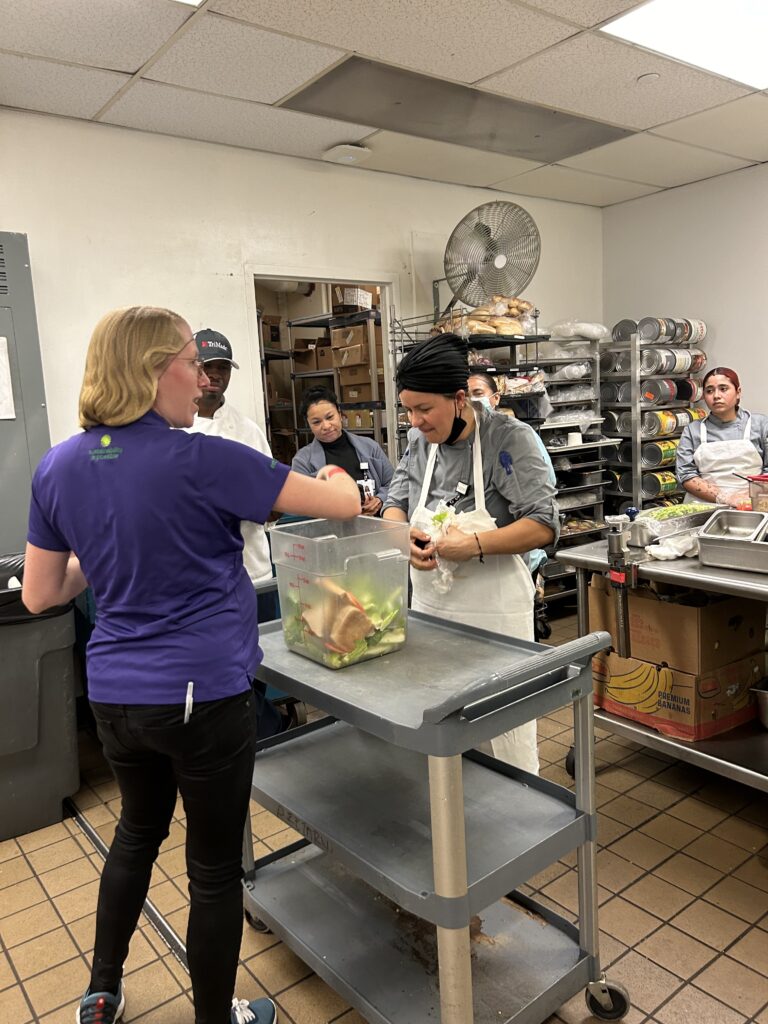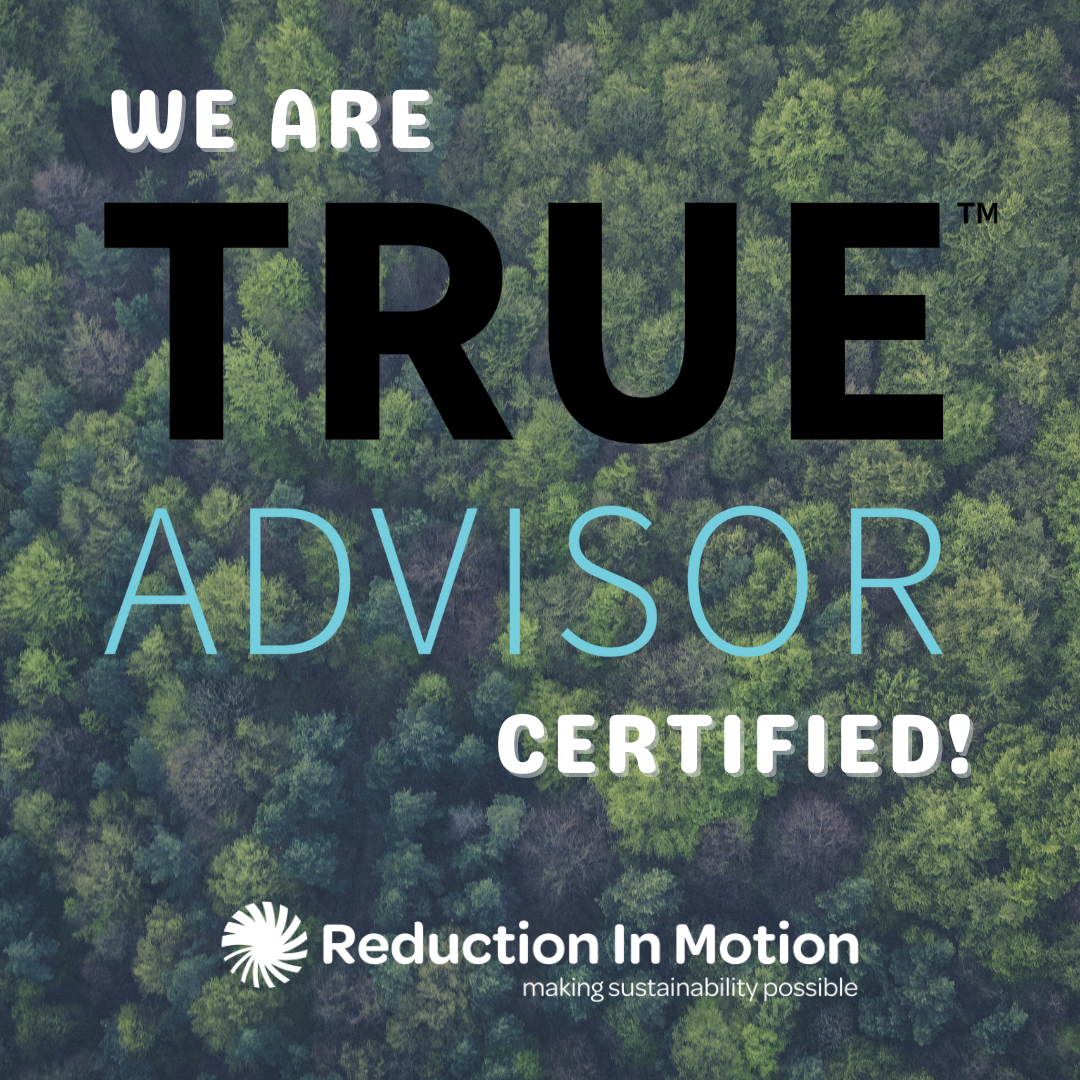Solving the Wasted Food Dilemma: A Closer Look at Collection and Reduction Strategies
In the United States, we have a big problem with wasting food. The USDA says about one-third of all the food we have ends up being thrown away. This isn’t just bad for the environment – it also makes up a significant part of what is sent to landfills and burned in incinerators. Unlike before, when people were mainly concerned about the environment, today, more businesses and forward-thinking governments see this problem as a chance to make positive changes.
The Size of the Problem:
The USDA’s finding that a third of our food is wasted shows how serious the issue is. The EPA developed a new model (https://www.epa.gov/sustainable-management-food/wasted-food-scale) showing the complexity and many sources of wasted food. Our focus and attention need to go beyond just vegetable discards or traditional ‘leftovers.’

Government Actions and New Technologies:
Many local and state governments are trying to address this problem. They’re testing out food waste bans and new ways of collecting food waste nationwide. One size doesn’t fit all, so small-scale community-based programs for local residents permitted composting facilities for small to large-scale operations, and new technology for private businesses are necessary, such as digesters and dehydrators, both of which are successful in Europe, are now gaining traction in the US.
➝ Learn more about current food waste bans across the US here (https://policyfinder.refed.org/?category=recycle&key=organic-waste-bans-waste-recycling-laws)
The Role of Businesses
Businesses are taking the lead in fighting food waste. The key is collecting waste efficiently. Clean, well-sorted organic waste is crucial. This spans the collection plan at individual kitchen or food preparation stations to where and how that material will be diverted or transported from your dock. Infrastructure like anaerobic digesters and strong markets for composting organic waste facilities are becoming popular and, therefore, more accessible.

The Importance of Collection
No matter how food waste is handled, collecting waste properly is super important. Kitchen workers need to be part of choosing the right containers and where to put them to make sure everyone follows the rules. Using clear signs and training is also vital for a smooth change to new waste management ways.
Waste Reduction Plans
Besides collecting waste to divert it from general trash, it’s critical to understand the source of that wasted food. Can spoiled or expired foods be eliminated by modifying purchasing practices? Could carrot tops or ends of the bread be used in recipes to reduce waste and added costs? Can leftover foods be handled in a certain way so it can be packaged and donated for human or animal consumption? If chefs and managers focus on the root causes and work together, businesses can change how they make food to avoid waste. This saves money and helps the environment.
Reduction In Motion’s Way
Companies like Reduction In Motion have been crucial in making effective, long-term programs for collecting food waste. With 20 years of experience, we work directly with food services and waste vendors, using on-site engagement, custom signs, and training to make sure the new ways work well.
Wrap up
The fight against food waste is getting stronger, with businesses and new technologies leading the way. While governments introduce new bans and programs, the key is to collect waste well and reduce how much we make. By involving workers and using innovative solutions and technologies, we can make a better future. Reduction In Motion is focused on helping businesses make a positive impact on the environment.

Take Action Today: Contact Reduction In Motion!
Want to change how your business deals with food waste? Contact Reduction In Motion for a free talk. Call (410) 877-1593 or email TrashTalk@ReductionInMotion.com. Let’s work together for a better tomorrow!

Our team of sustainability and waste consultants work together to develop content for our site. Contact us to learn more about something we’ve written about or would like us to focus on in the future.

